Need to know where to place feet on a skateboard? Then this is the guide for you. Read, on to get all the answers. 🛹
Where do I put my feet on a longboard?
When riding a longboard, proper foot positioning is essential to ensure maximum control and stability. The two most common styles of standing on a longboard are the "regular" stance, where your left foot is placed at the front of the board, and the "goofy" stance, where your right foot is in front. In either case, it's important to find a comfortable position for both feet so you can move with ease.
Your dominant foot should be in front when riding regular or goofy stance. This will help maintain balance as it serves as the pivot point when turning. Your back foot should be slightly angled towards the side of the board, allowing you to push off from the tail or nose with ease. Be sure to keep your feet slightly wider than shoulder-width apart, as this will help provide greater stability. Place your feet firmly on the board and make sure they are not dangling off the edge.
To ensure control and safety, keep your knees bent and stay low for better balance. This will also allow you to maneuver tight turns more easily. Be sure to regularly practice foot placement in order to become a more efficient longboarder over time. With consistent practice, you'll gradually gain an understanding of how to place your feet correctly each time you ride.
Where should my feet be when I ollie?
When performing an ollie, the feet should be in a slightly staggered stance, with the back foot lined up just behind the front truck bolts and the front foot placed closer to the center of the board. The feet should remain parallel to each other throughout the trick. As you initiate an ollie by bending your knees and popping off of your tail, make sure to press down on both feet evenly while maintaining balance through your core muscles.
If your feet are too close together or too far apart, it can affect your balance and reduce power during takeoff. It is important to keep your weight centered over your board while executing an ollie so that you maintain control throughout the trick. With practice, you will learn how wide or narrow to stagger your stance for a successful ollie. Once in the air, make sure to keep your feet parallel as you rise up and over any obstacles or landings. Proper foot placement is key when learning how to ollie so practice makes perfect.
What is the correct way to stand on a skateboard?
One of the most important aspects of skateboarding is having the correct stance. This involves having both feet pointed in a slightly outward angle, with your weight distributed evenly across both feet. The feet should be approximately shoulder-width apart, or slightly narrower depending on personal preference. When standing on the board, it is important to make sure that your front foot is slightly further forward than your back foot, usually by an inch or two - this will give you more control as you ride. Your knees should also be bent slightly to absorb shock from jumps and tricks. It may take some practice finding the right stance for you, but once you do, you will find that riding a skateboard becomes much easier and more enjoyable.
In addition to the stance described above, it is important to ensure you have enough space around the board before riding. It is best to stand away from other people or objects so that you can practice tricks and turns without worrying about bumping into anyone or anything. When learning how to ride, start slowly and always wear protective gear such as a helmet, elbow pads, and knee guards - this will help keep you safe while learning.
What is the most popular skateboard stance?
The most popular skateboard stance is the 'regular' stance, also known as a 'goofy' stance. This way of riding involves the rider facing forward with their left foot at the front of the board and their right foot at the back. The opposite set-up is referred to as 'goofy', where the feet are reversed. It's important to note that regular and goofy refer to how you stand on the board, not your personal preference or style – any skater can ride in either stance.
The regular stance has become increasingly popular due to its versatility, allowing riders to more easily perform tricks like ollies, shove its and kick flips while they navigate obstacles. It also provides greater stability, as the weight is evenly distributed across both feet. This stance is also well-suited to street and vert skating, as it makes it easier for skaters to move in all directions quickly and with great control.
Ultimately, the best skateboard stance is the one that feels most comfortable to you. Experiment with a few different stances and find one that works best for your style of skating – there's no right or wrong answer. However, if you're just starting out, then regular could be a good option to get used to riding.
Should I lean forward on a skateboard?
Leaning forward on a skateboard can be beneficial depending on the type of riding you are doing. If you’re looking to go fast and navigate downhill, leaning forward can help you stay balanced and maintain control over your board. It has the same effect as crouching down on a bike when going downhill—you remain closer to the ground for better stability. When going up hills, it is best to keep your body weight upright or slightly backward in order to keep traction and balance while pushing with both feet.
Leaning too far forward on an incline could cause your wheels to spin out, resulting in loss of balance and control. In addition, if you’re executing any jumps or tricks it is important to lean forward in order to maintain control and stability during landings. Ultimately, the best way to know how much you should be leaning forward while skateboarding is through practice and experience. Start off small and slowly increase your lean as you get more comfortable with the board. Above all else, safety should be your first priority when skateboarding so make sure to use caution when trying new tricks or techniques.
What are the 4 skateboard stances?
The four main skateboard stances are the regular stance, goofy stance, switch stance and nollie stance. The regular stance is for riders who prefer to ride with their left foot leading and pushing forward. Riders in a goofy stance will have their right foot as the dominant pushing foot. In a switch stance, a rider has the ability to quickly transition from a regular to a goofy position at any moment during their ride. Finally, the nollie stance involves having both feet on either side of the board's bolts with your heels facing each other and toes turned outwards.
Each of these skateboard stances offer different advantages depending on what type of skating you are doing, so it’s important to choose the style that best fits your style and preferences. With practice, you can be sure to gain confidence and control in whichever stance you choose.
How do I know if I'm regular or goofy?
It's important to know which stance you prefer when skateboarding, as it can affect your overall experience. To determine whether you are regular or goofy-footed, stand on the ground and place a flat object like a magazine or piece of paper on the floor. Step onto the item with one foot. If your left foot is forward, then you're regular-footed; if your right foot is forward, then you're goofy-footed.
Remember that this determination doesn't necessarily have to be permanent—regular and goofy skateboarders can switch stances depending on their preferences. Additionally, some riders develop ambidextrous riding styles, allowing them to switch between regular and goofy without difficulty. Ultimately, becoming comfortable in either stance will take practice. Try out different stances and find one that works best for you. As you gain experience, it will become easier to determine your preferred stance.
Do you push with front or back foot on longboard?
It is generally recommended to push with the back foot when longboarding. This is because your back foot provides more power and stability as you are pushing, which can help provide a smoother ride. Additionally, when it comes time to make sharp turns, your back foot will prevent you from losing control of the board.
When it comes to pushing on flat ground or going downhill, your front foot should be placed in front of the rear truck for a better center of balance and more stable footing. The same holds true for cruising uphill; however, the front foot should be placed behind the rear truck to get maximum leverage and momentum. Finally, placing your feet properly while pushing can also help protect against potential ankle injuries by providing additional traction on the board.
Ultimately, it is important to experiment with different foot placements and determine what works best for you and your style of skating. Keep in mind that pushing with your back foot will require some practice, but eventually you'll be able to gain the necessary control over your longboard. By taking the time to learn how to properly push on your longboard, you can enjoy a more comfortable, safe ride each time you hit the streets.
Why do my feet hurt when I skateboard?
When skateboarding, your feet are subjected to a significant amount of stress and pressure. The most common type of foot pain associated with skateboarding is Plantar Fasciitis. This condition is caused by the muscles and connective tissues in the bottom of the foot becoming strained or overworked due to excessive pounding during skating. Additionally, skateboarders may experience arch pain, Achilles tendonitis, and heel spurs due to repetitive motion while riding their boards.
To prevent foot pain while skating, it is important to make sure your shoes are properly fitted for your feet as well as offer adequate support for both impact and lateral movement. Skateboarders should also take breaks periodically throughout their session to allow their feet to rest and recover. Additionally, keeping your feet and legs warm with proper clothing is important to help reduce any potential soreness. Finally, stretching both before and after a skate session can help keep muscles flexible and alleviate any pain associated with skateboarding.
How to switch skateboard stance
Learning how to switch skateboard stance is an important skill for any skater because it will allow them to maneuver between different tricks and stances with ease. To do this, the rider must start in a normal riding position which has their feet placed evenly on the board. The first step is then to move one foot back, so that it’s slightly behind the other foot. This will create a wider base of balance, allowing the rider to shift into other positions more easily while keeping them balanced on the board.
Now, depending on what stance you want to achieve, there are a few ways you can go about switching your stance. If you’re looking for an aggressive or downhill-style skating stance, start by moving your back foot further behind your front foot and angled inwards. This will give you a wider base of stability and more control over tricks such as kickflips and ollies.
Alternatively, if you’re looking for a street-style stance, start by angling both feet outwards away from each other. This will provide an explosive launch off the board when executing tricks like pop shuvits, 360 flips, or even manuals. It’s also important to keep your knees bent while in this position; doing so allows you to absorb any shocks while skating and helps with getting the proper balance on the board.
With practice and patience, mastering how to switch skateboard stances can help take your skating to the next level and open up a whole new realm of tricks. Plus, it’s a great way to keep your skills sharp and stay creative while skating.
Once you have mastered how to switch skateboard stance, remember that safety should always come first. Wear the appropriate safety gear such as helmets, knee pads, elbow pads, and wrist guards when practicing any trick. Doing so can help prevent injury in case of an unexpected fall or accident. Additionally, try not to practice on surfaces with harsh edges like concrete or metal rails; instead opt for smoother surfaces such as wood or rubber ramps. And finally, stay aware of your surroundings and be sure to practice in a controlled environment. With these tips, you’ll stay safe and have loads of fun while learning how to switch skateboard stance.
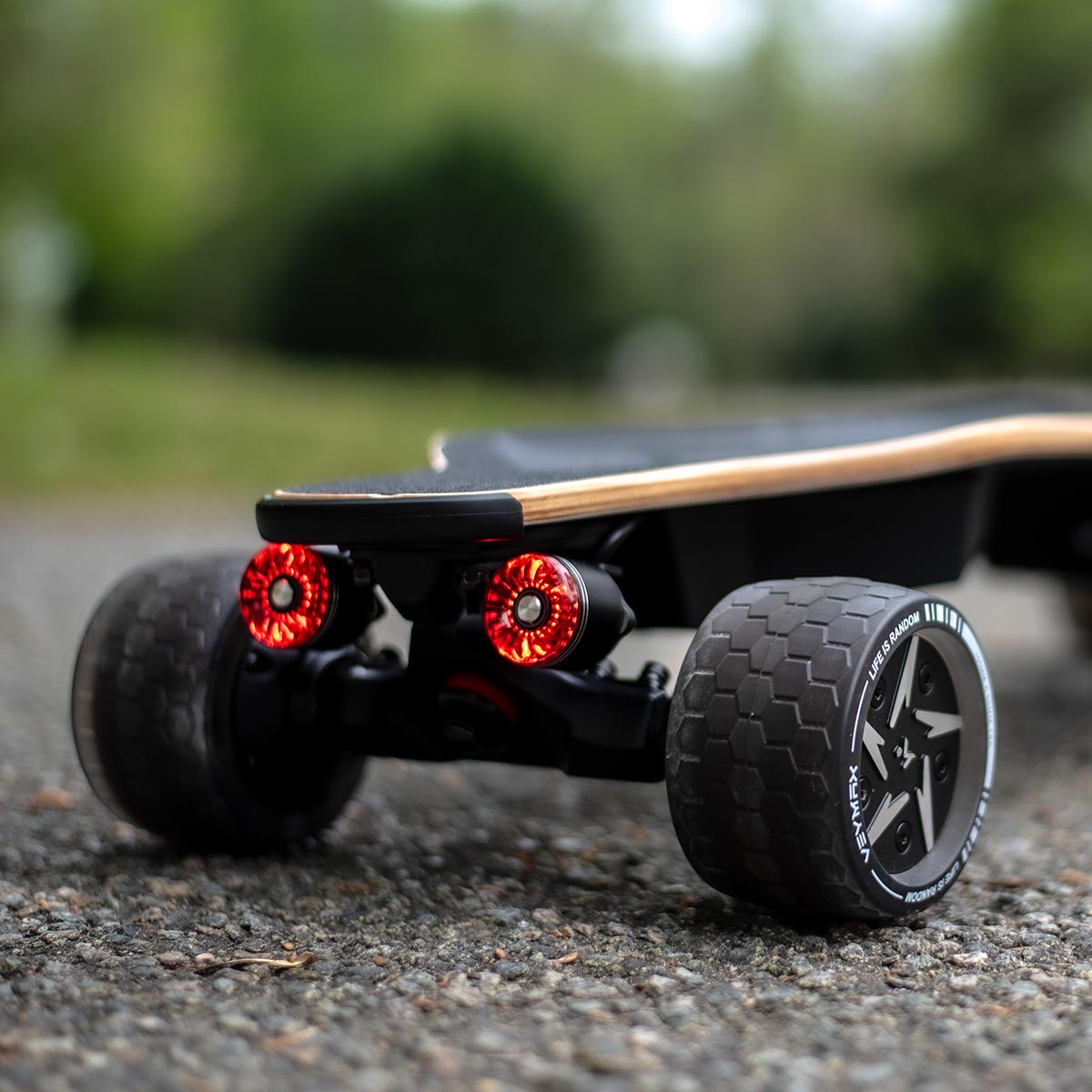
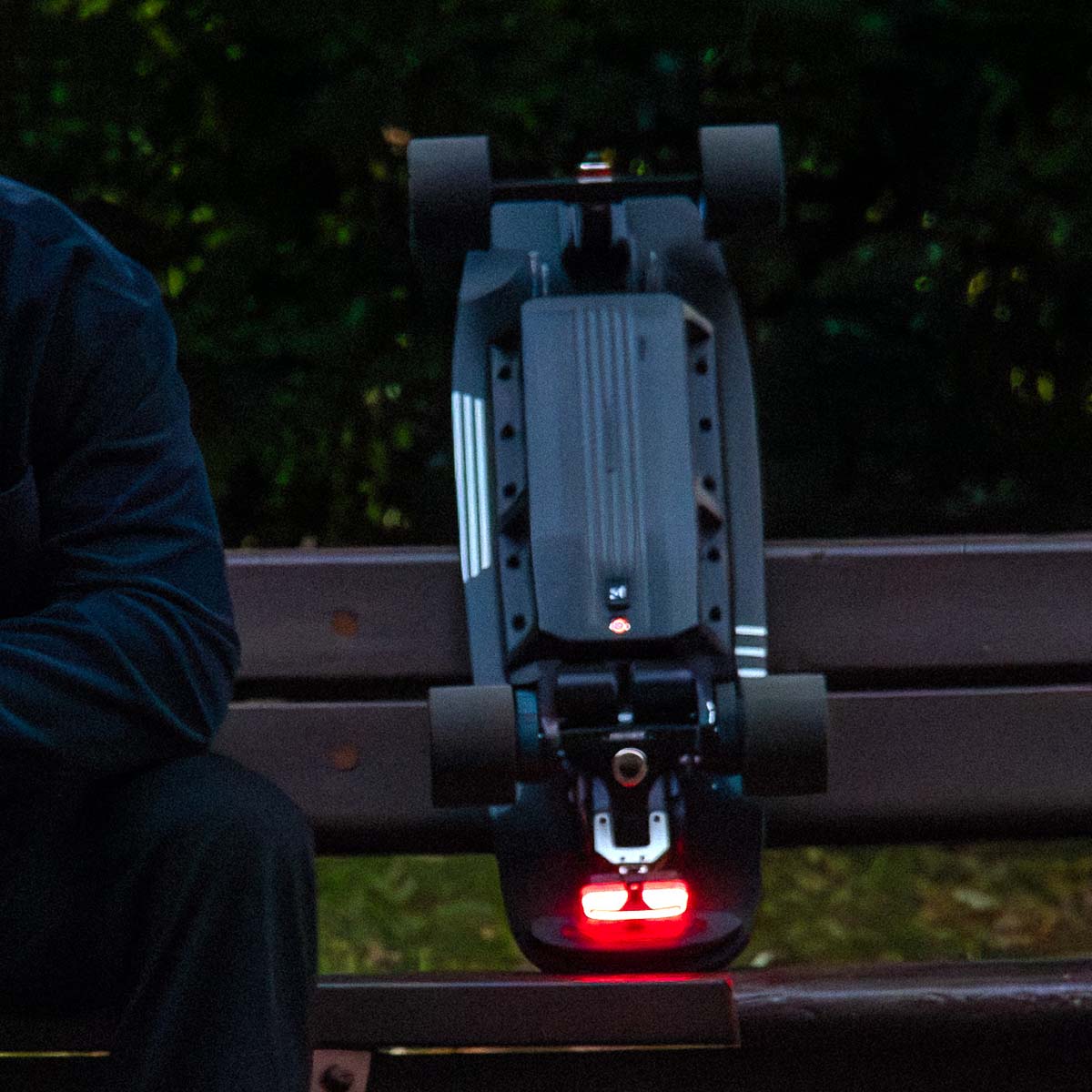
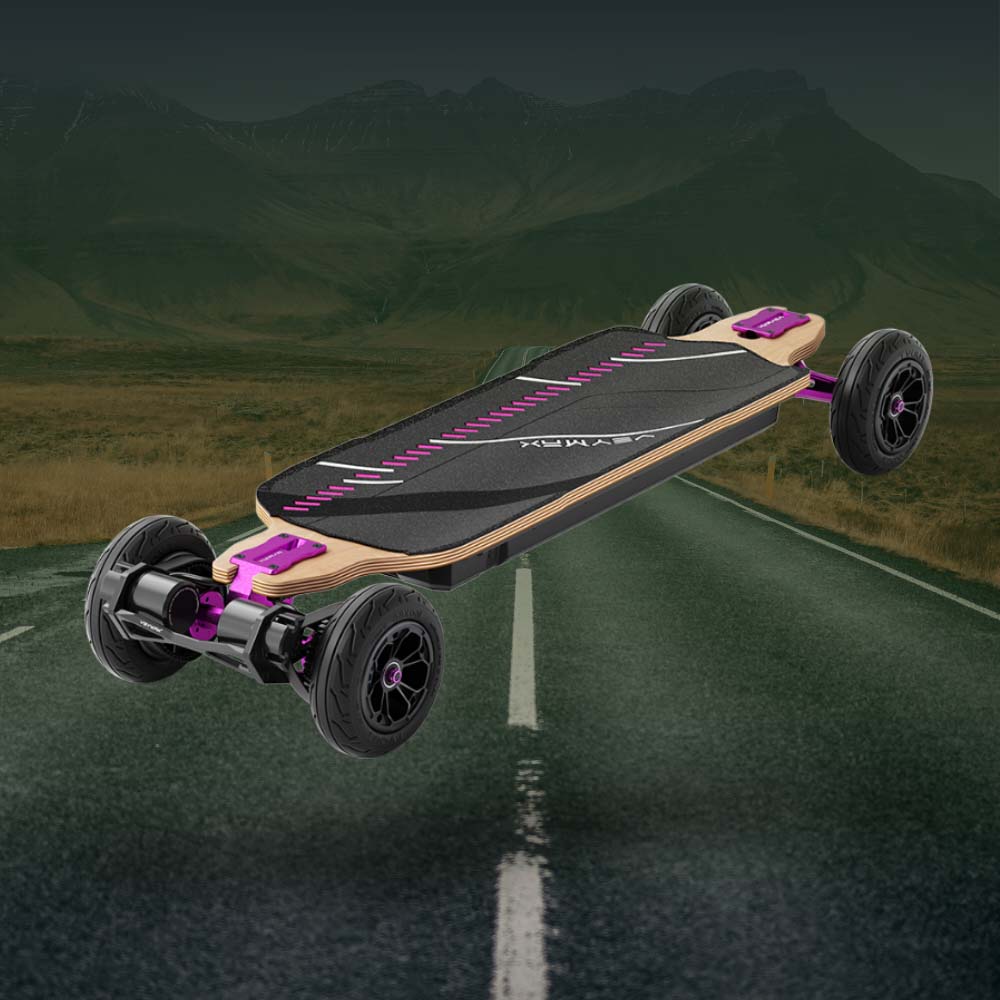

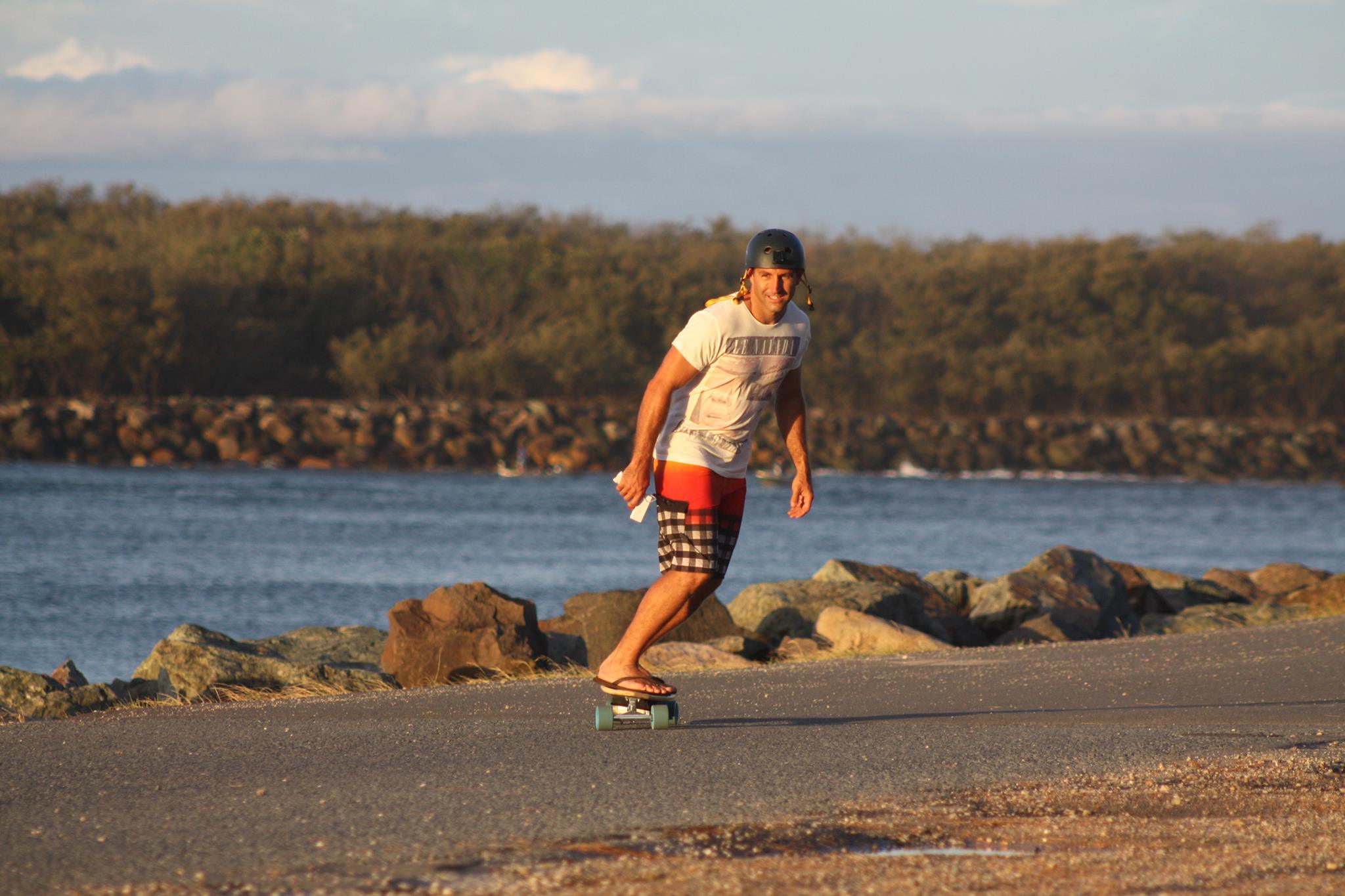
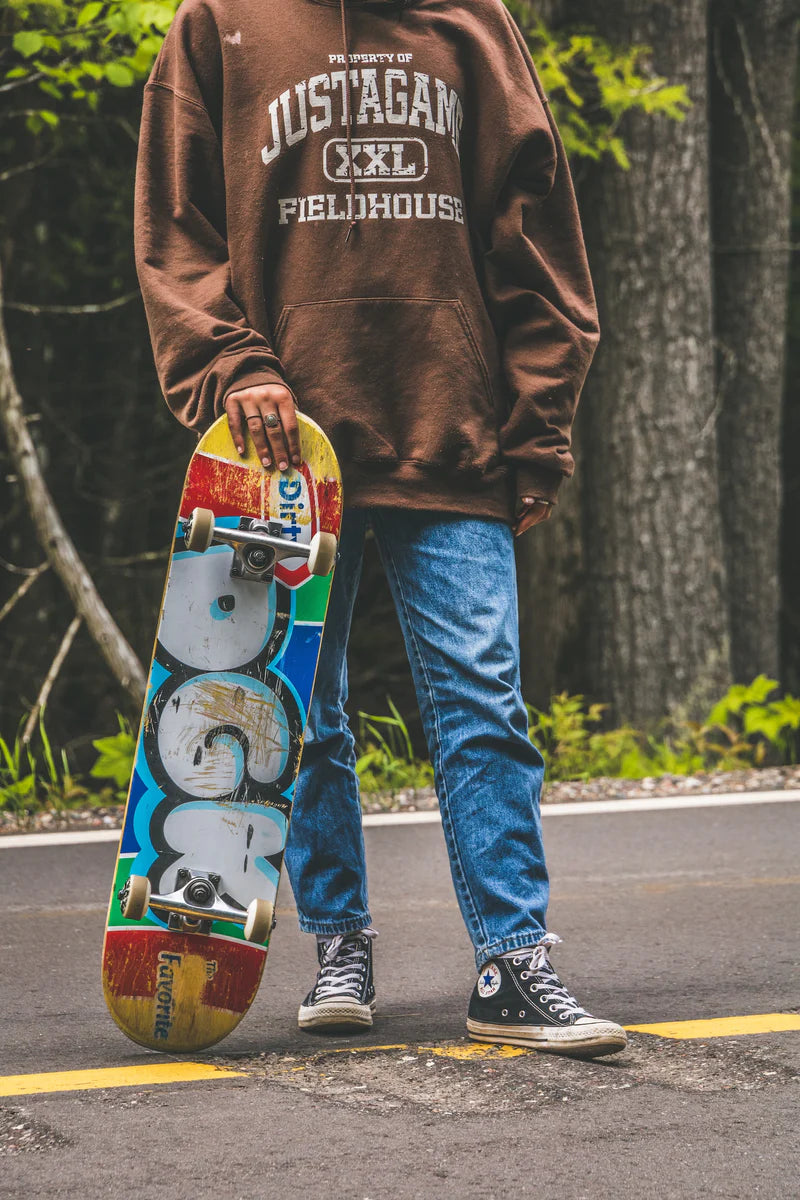
Leave a comment
This site is protected by hCaptcha and the hCaptcha Privacy Policy and Terms of Service apply.